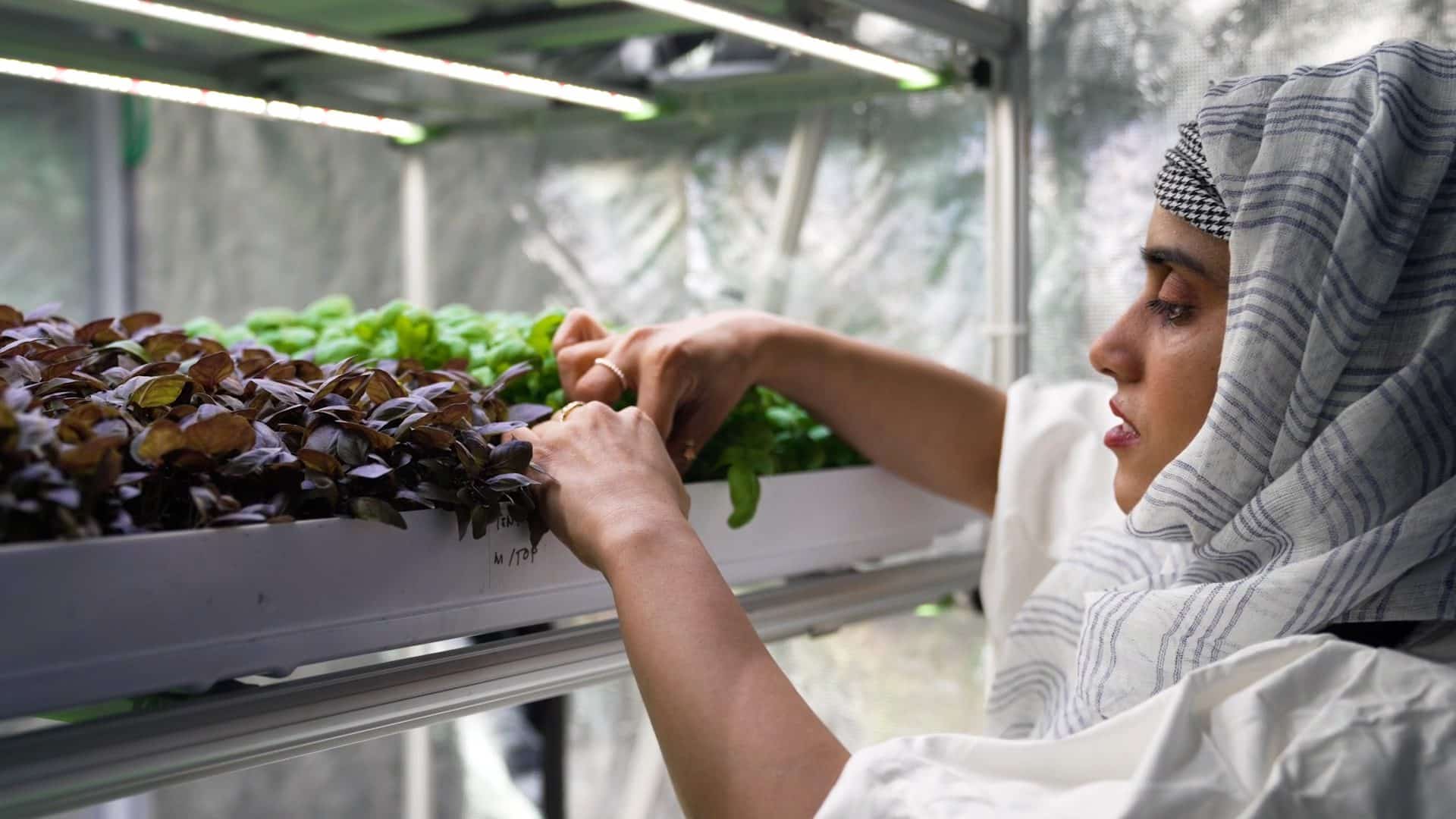Key Takeaways
- CHAP and AEH Innovative Hydrogel have developed a novel hydrogel-based substrate, Gelponics, to decarbonize hydroponic indoor farming.
- The three-year project was funded by Innovate UK's Transforming Food Production challenge.
- The substrate is made entirely from non-synthetic and low-carbon materials, offering a sustainable alternative to traditional substrates like stone wool or coco coir.
- Gelponics has been tested for growing a range of crops, including lettuce, rocket, basil, and kale, and has shown promising results regarding germination success, plant morphology, and yield.
- A lifecycle analysis revealed that Gelponics has significantly lower CO2 emissions than traditional substrates in its manufacturing process and during crop growth cycles.
Crop Health and Protection (CHAP) and AEH Innovative Hydrogel have announced the successful development of Gelponics, a novel hydrogel-based substrate designed to decarbonize hydroponic indoor farming. The three-year project was funded by Innovate UK's Transforming Food Production challenge and aimed to create a sustainable, low-carbon alternative to traditional hydroponic substrates.
Project Partners and Objectives
The consortium for this project was led by AEH Innovative Hydrogel and CHAP, with additional support from the Graphene Engineering and Innovation Centre (GEIC), Grobotic Systems, and CHAP partner Stockbridge Technology Centre (STC). The project focused on developing and optimizing a hydrogel substrate that could meet the demands of commercial hydroponic vertical farms while reducing carbon emissions and environmental impact.
Testing and Results
The substrate was tested at CHAP's Vertical Farming Development Centre, located at STC. Five trials were conducted featuring a range of crops commonly grown in vertical farming, such as lettuce, rocket, basil, kale, and microgreens. The trials evaluated various factors, including germination success, plant morphology, crop uniformity, and yield. The results indicated that Gelponics fully met the specifications for growing leafy greens in commercial hydroponic vertical farms.
Sustainability and Market Demand
An independent lifecycle analysis found that Gelponics had significantly lower overall CO2 equivalent emissions than traditional substrates like stone wool or coco coir. Dr. Harry Langford, Innovation Network Lead at CHAP, emphasized the growing demand for more sustainable hydroponic substrates, especially in rising energy costs and the push for Net Zero goals.
Commercial Release and Accessibility
Dr. Beenish Siddique, Founder of AEH Innovative Hydrogel, stated that the project has allowed them to advance the development of their substrate and conduct extensive testing. The collective efforts have resulted in the successful launch of a beta product, with a full-scale commercial release imminent. AEH aims to make the product accessible competitively while maintaining stringent sustainability criteria.
Image provided by CHAP



3 Comments